The advancement of technology in the 19th century ushered in a new way in which messages were relayed and received. No other invention in the field of communications had a larger impact then Samuel Morse and the Telegraph. This innovation allowed for the communication of messages over long distances via electrical signals. The reliability of messages would no longer be dependant on environmental conditions such as cloud cover, fog, rain and wind.
Long before this, kingdoms around the globe used more traditional and crude ways such as fires, smoke, horns, and drumbeats to relay messages to far-reaching areas. These were, however, subject to limitations such as weather patterns like rain and the need for a proper line of sight between two points to achieve effectiveness.
Unreliability plagued all forms of visual and audible methods, including what was supposed to be a modern answer to this problem, the semaphore. The semaphore is considered to be an ancestor to Samuel Morse’s telegraphic invention. Originally developed in the early 1790s, the semaphore was just visual markers placed on hilltops strategically located within a visible range.
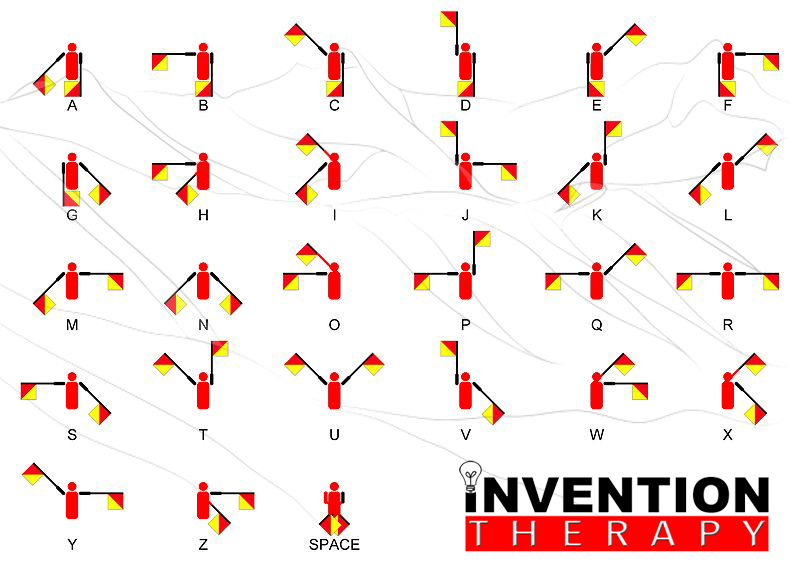
Large movable arms, flags or lights were viewed through telescopes to aid in decoding of letters and numbers relayed from one point to the other. Such challenges demonstrated that a solution was urgently required to enhance the transmission of information over long distances.
Early Years
Samual Morse was born to clergyman Jedidiah Morse and Elizabeth Finley. They were members of the Calvinistic faith. His parents were committed to Samuel’s education and enrolled him at Philips Academy in Andover, Massachusetts. He later attended Yale University with studies in religious philosophy, mathematics, and the science of horses. Morse didn’t receive particularly high grades at Yale as his passion for art and electricity took center stage. His love of the arts was so strong that his father gave up on his hope of Samuel’s having a career in book apprenticeship. This was considered a more lucrative profession at the time. Instead, Morse went to study art in London, where he worked on several masterpieces at the Royal Academy.
Life as a portrait painter
It might surprise you to know that while Samuel Morse is best known for the invention of the telegraph, he was actually an accomplished portrait painter. Unlike DaVicinci before him, Morse’s talent as an artist wasn’t as appreciated in his early years. Today more than fifty of his known works hang in some of the finest art galleries in the world.

Wife and Family
While still struggling to gain recognition as an artist, Morse moved back to Boston, opened up an art studio, and married Lucretia Walker. They had three children during their brief union. Challenges marred his painting career as he didn’t get many sales. This sluggish start in his life forced him to become an itinerant artist traveling between the Americas and Europe in search of commissions with little success.
Grief as a catalyst to an opportunity
Samuel Morse passed through a string of unfortunate events between the years of 1825 to 1835. This time was characterized by the death of his wife during childbirth. While working on a commissioned painting away from home, he learned that his wife Lucretia was gravely ill. Travel was a difficult and dangerous process back then, so he didn’t get the chance to bury her when he arrived too late. This tragedy was followed by both his mother’s and father’s death within three years.
Grief-stricken, he again traveled back to England for a chance to recover and didn’t return to America until 1832. A chance meeting on a ship with an inventor, Charles Thomas Jackson, led to the discussion of how the transmission of an electronic pulse could effectively travel along a wire through long distances. The recent discovery of electromagnetism by Michael Faraday was a much-discussed topic by many of the ship passengers. Morse’s understanding of this principle led to his speculation that the actual act of sending messages over a wire could be possible. This conversation sparked Morse’s imagination when he later came up with a sketch that, according to him, could effectively accomplish this breakthrough in technology.
The race to communicate over wires
There were two developments in the field of electricity during the 19th century that led to the birth of the invention of the electric telegraph. First, Allesandro Volta, an Italian physicist, was accredited with the creation of a practical voltage battery in 1800. This meant that the stored electric current could now be used in a meaningful way.
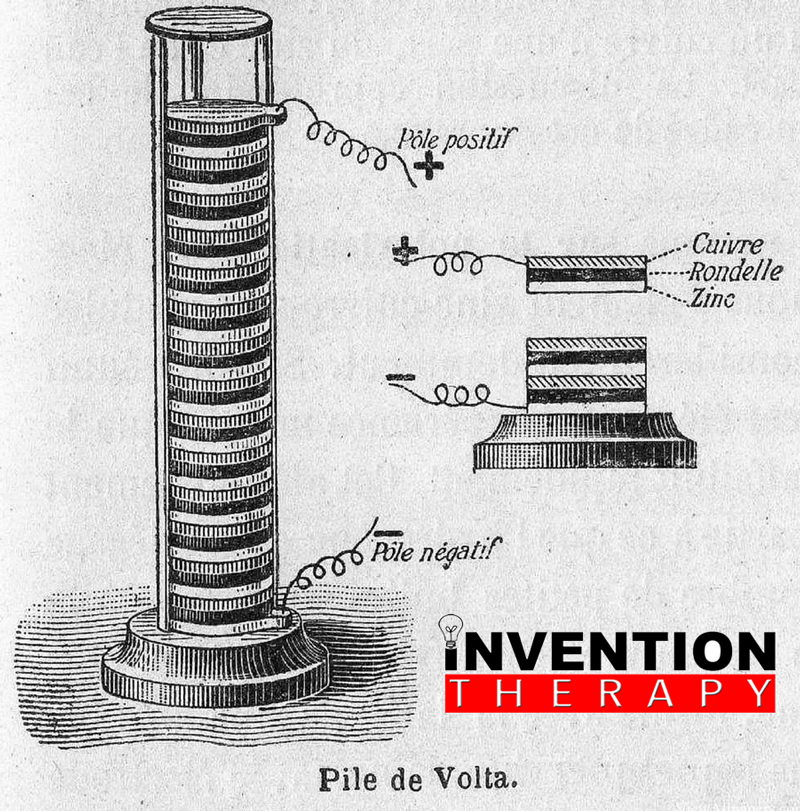
A few years later, in 1820, the Danish inventor Hans Christian Oersted described the relationship between electric current and magnetism by deflecting a needle with a coil of wire.
By 1830, the British duo of Wheatstone and Cook invented a telegraphic system encompassing five needles that were used to run through several words and letters induced by an electric current. Their advancement in this field led to the use of their invention in the transport sector as railroad signals, and it quickly became a common method of remote signaling around Britain.
Meanwhile, Alfred Gale was a pioneering chemistry professor knowledgable with the principles of electromagnetism through the works of Joseph Henry, a well-known pioneer in the study of magnetism. This was long before Samuel Morse had his idea for the telegraph. Gale had already published articles that described the opening and closing of a secondary circuit. Unbeknownst to Morse, the idea of an electric telegraph was around long before him.
Gale’s article proved as an invaluable asset to the monumental achievement of Morse’s invention. With this knowledge, Morse was able to pinpoint his new system’s weaknesses and learned how to boost the strength of electrical signals over long distances. This was accomplished through the use of a system of electromechanical relays developed by Joseph Henry and adapted by Morse and his assistant Alfred Vail.

How the telegraph works
The telegraph works by connecting a simple switch called a “key” to an electrical circuit that when pressed completes a connection that causes electricity to pass through wires. The receiver consists of a coil of wires wrapped around a ferrous metal rod. When energized, the field generated by this “electromagnet” moves an iron core lever which vibrates to make clicking sounds. Messages are translated into a series of short and long pulses known as dots and dashes. While the person sending the message presses the key in a series of long and short pulses, a person receiving it at the other end listens to the clicks and translates them back to letters and the original message.
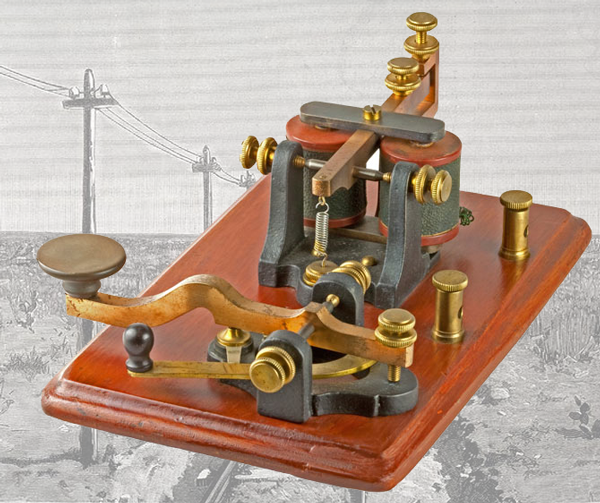
Years passed by as the duo struggled to get financing in order to breathe life into Samuel Morse and his Telegraph invention. The economy was hit by a great depression starting with the panic of 1837. Morse was forced to halt the project and wait for the depression to come to an end. During this period, Morse traveled back to Europe, intending to patent his invention and compare other telegraphic systems to his. Meeting up with Wheatstone, an inventor of such a system led Morse to the realization that though Wheatstone had come up with an ingenious system, his was far better, straightforward to use, and more efficient.
Samuel Morse and the telegraph invention
His partnership with Alfred Vail led to the formation of a system characterized by dashes and dots responsible for sending messages that would later come to be known as Morse code. As the economy improved by 1843, Samuel Morse asked Congress to secure $30,000 geared towards reviving this new way of communicating.
One of his pleas for help grabbed the attention of Congressman Francis Jonathan Smith. In that same year, Morse was allowed to connect two rooms by wires at the capital in order to allow congressmen to send and relay messages throughout the building. This successful proof of concept led to congress releasing more funds for further experimentation. This included the connection of a forty-mile telegraphic line between Maryland and Baltimore.
Message received
The first message to be sent via long-distance were to be important words that would mark this occasion forever. And what were those words that traveled from Washington, DC to Baltimore, MD via the Samuel Morse telegraph invention?
On May 24, 1844, Morse was at one end of wires in Washington DC and his assistant Alfred Vail at the other in Baltimore, where a series of long and short clicks sent the message “What Hath God Wrought?” to Vail. The message was then successfully returned back to Morse in the national Capitol Building’s Rotunda. For Vail, this event was the culmination of years of his own labor and financial investment, yet his influence has largely been lost to history.

Challenges and Opportunities
Samuel Morse’s revolutionary invention created so much opportunity in the advancement of communications that he received large government grants the year after the first working telegraph was introduced.
When you think about it, you have to realize that Morse not only had to build a mechanical and electrical system for the transmission and reception of messages, he also had to create a new language of communications. Morse Code became the standard not only for wired communications but also for radio, and maritime communications still used today.
I bet as you read this article you remember that the distress signal SOS is a series of three short dots, three long dashes, three short dots. There are actually many more characters represented in the language of Morse Code.
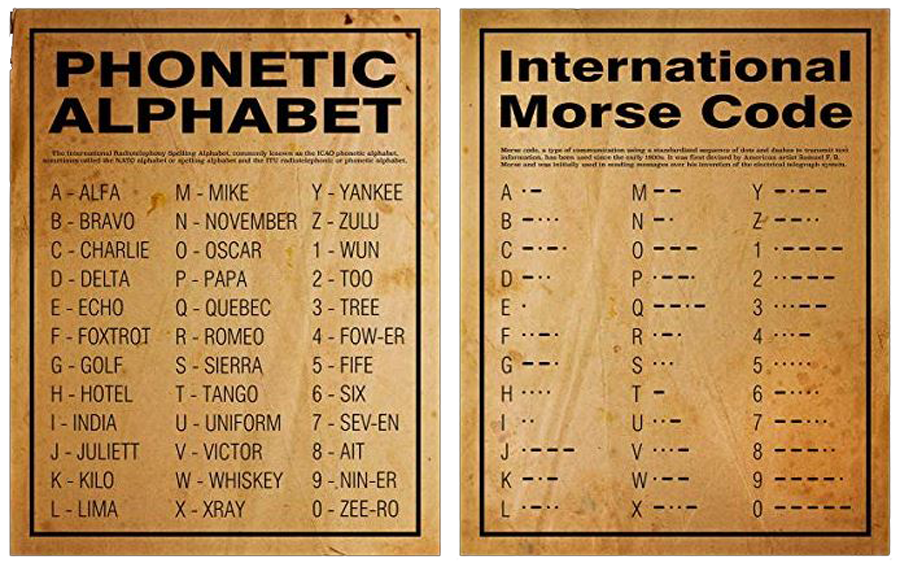
Aided by further developments, telegraphic technology quickly spread across America and the world over. Among such developments was the innovation of proper insulation for the coating of telegraph wires by Ezra Cornell. Thomas Edison made further improvements that allowed for the sending of four messages simultaneously via the same number of cables. This advancement was known as the quadruplex system.
This new technology was such a breakthrough that it quickly became a preferred means of sending information faster. The popularity of the telegraph led to another even greater challenge — the widespread use and therefore shortage of telegraphic stations around the globe. The Western Union Company, partly founded by Cornel, was one of the first to take up this challenge by laying its telegraphic lines which were completed in 1861. Western Union became America’s first national telegraph company.
Soon after, the Atlantic coast had connections of wires recording massages on long-striped papers. The paper principle later gave way to the proliferation of operators who could interpret the codes transcribing it in real-time to the English language. The telegraphic technology then made inroads towards the west. By the 19th century, an extensive system of networks appeared in Europe, leading to the laying of the first permanent telegraphic cable across the Atlantic Ocean by 1866. By 1940, the number of telegraph lines across the Atlantic had risen to forty.
Such an advancement in technology also had a big part in determining how wars were won and streamlined the business in the field of journalism and finances. In addition to speeding up stock trades, and business transactions, Western Union was able to establish safe and expedient ways in which one could send and receive money over long distances.
As Samuel Morse and his telegraph invention continued to revolutionize America, he struggled to obtain its patent. After a protracted long legal battle, he secured his position at the seat of inventors by being coined as the inventor of the telegraph. However, this got done without mentioning the substantial contributions of Vail.
Samuel Morse received his patent in 1847 in a Turkish decree by the then Sultan, Abdulmecid, who was an admirer of his work. Morse’s technology started being adopted in 1851 as spread across all of Europe except in Britain, who had already adopted the technology of Wheatstone and Cooke.
As soon as Samuel Morse received his international patent in 1847, he found himself embroiled in bitter litigation battles and suits by his partners and competitors. This led to the O’Reilly pitting himself against Morse in the controversial Supreme Court ruling in O’Reilly vs. Morse of 1854. The Supreme Court sided with Morse, stating that Morse had been the first to come up with working telegraphic technology. Despite this ruling, Morse didn’t receive any official recognition of his work with the government.
A raging battle between historians still suggests that Morse didn’t actually achieve this amazing fete first or alone. After all, Morse improved on the ideas of a great chemist, Harrison Dyar who is originally credited with transmitting the first-ever electronic message eighteen years before Morse received his patent.
Morse spent his later years fighting the courts for his patent and recognition as an inventor. Although most countries on the European continent wanted to congratulate and recognize Morse for his invention. An American ambassador based in Paris collected an equivalent of $80,000 meant to acknowledge Samuel Morse’s technological achievement. He continued making waves and was crowned with notable awards, such as being a member of the order of Glory, in addition to other awards in the fields of arts and sciences. He also found his way in honorary plaques, statues, portraits, and postage stamps.
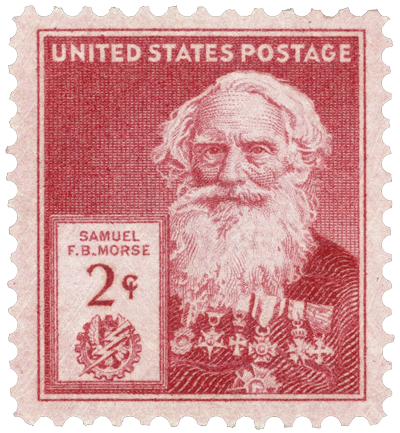
Preceding Years
Samuel Morse settled down and married Sarah Elizabeth Griswold on August 10, 1848. They had four children. His later life was characterized by wealth and philanthropy after being declared the telegraph inventor. Morse still lived an active life by contributing generous amounts to educational institutions such as Vassar College and his former Yale University. His support towards societies and religious institutions, coupled with sponsoring the struggling artists who he admired, has also been documented. He led a relatively humble life and died from pneumonia in 1872, aged 80 at his New York home.
Conclusion
Technology has transformed a great deal over the years and redefined how we communicate. It is worth noting that early technologies such as the Samuel Morse telegraph invention are the foundation for the advancements of today including radio, television, air travel and the internet.
The possibilities with technology are evidently quite infinite and just depends on what knowledge and capabilities are available during each of our times here on this planet.

Are you ready to become an inventor?
Getting your idea out of your head and into your hands is only the first in a long set of steps towards becoming a successful inventor.

First Steps To A Successful Invention
At Invention Therapy, we believe that the power of the internet makes it easier than you think to turn your invention idea into a reality. In most cases, you can build a prototype and start manufacturing a product on your own. Changing your way of thinking can be difficult. Being an inventor requires you to balance your passion with the reality of having to sell your products for a profit. After all, if we can't make a profit, we won't be able to keep the lights on and continue to invent more amazing things!Please subscribe to our Youtube Channel!




